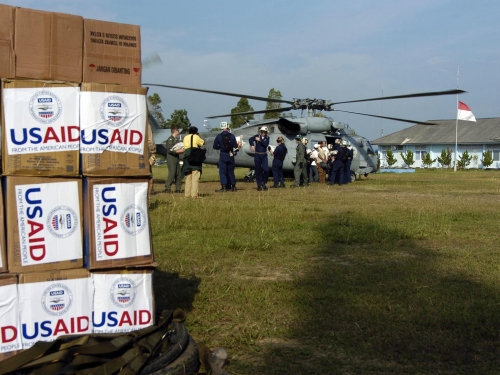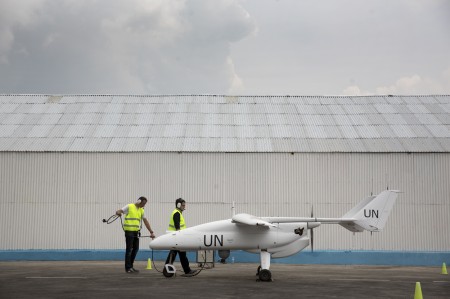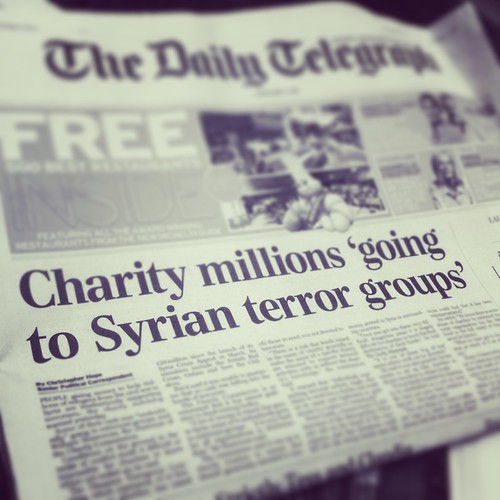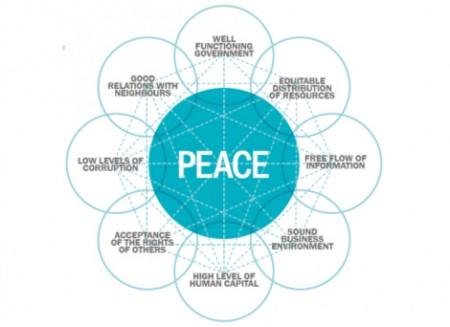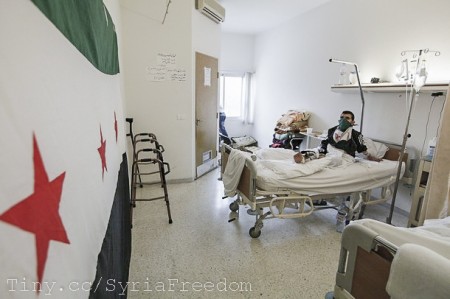
This article was originally published by The Conversation on 16 October, 2015.
The hospital bombed by US troops in Kunduz, Afghanistan, treated trauma patients, no matter whether they were civilians or Taliban fighters. The bombing happened as Afghan and US forces fought to drive Taliban out of the city the latter had captured just days before.
If the targeting of the hospital, which killed at least 22 people, had been an accident, it would leave no doubt about the return of war to the urban centres of Afghanistan. But knowledge of the hospital’s GPS coordinates by the US and Afghan armies and the precision of the attack suggest otherwise.
Both Afghan and US officials at one point in the aftermath suggested that they were targeting Taliban fighters on the hospital’s grounds, something that Médecins Sans Frontières, which runs the hospital, denies was the case. If the attack was in fact intentional, how can we make sense of such a breach of the Geneva conventions that forbid attacking humanitarian structures?

